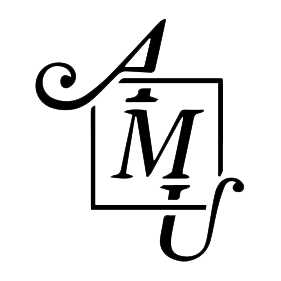Manuel González Díez ¹, Ana Guerra-Librero2, Beatriz González-Gil2 and Germaine Escames ¹ ,2
(1) Departamento de Fisiología, Facultad de Medicina, UGR.
(2) Instituto de Biotecnología, Centro de Investigación Biomédica, Parque Tecnológico de Ciencias de la Salud, UGR.
Background: The oncostatic effect of melatonin has been previously described among different neoplastic types. One of these is head and neck squamous cell cancer (HNSCC ) with a high rate of mortality and morbidity. Melatonin (aMT ) could cause cell death in this neoplastic cell type. To determine this, we performed a clonogenic assay with CAL -27 cells treated with melatonin and/or radiation.
Methods: Cells were plated in a 6-well plate, with 800 cells per well. Assays were performed at least twice and each time in triplicates. Cells were allowed to grow 15 days to form colonies of at least 50 cells each one. Cells were treated with melatonin (100, 500, 1000, 1500 and 2000 μM) alone or in combination with irradiation (8 Gy). To visualize colonies, cells were fixed in 100 % ethanol on days 12, 13, 14 and 15 after they were plated and stained with crystal violet solution. Colonies were scored with Image J Software.
Results: The results clearly show that melatonin inhibits colony growth of CAL -27 cells in a dosedependent manner in the groups treated with melatonin alone 1500 μM or in combination with irradiation. Conclusion: The results show the capability of aMT to prevent colony growth and causing cell death on CAL -27 cancer cells, especially when combined with radiation. This is consistent with previous studies on aMT oncostatic effects and suggests that usage of aMT in vivo should have future clinical application.
